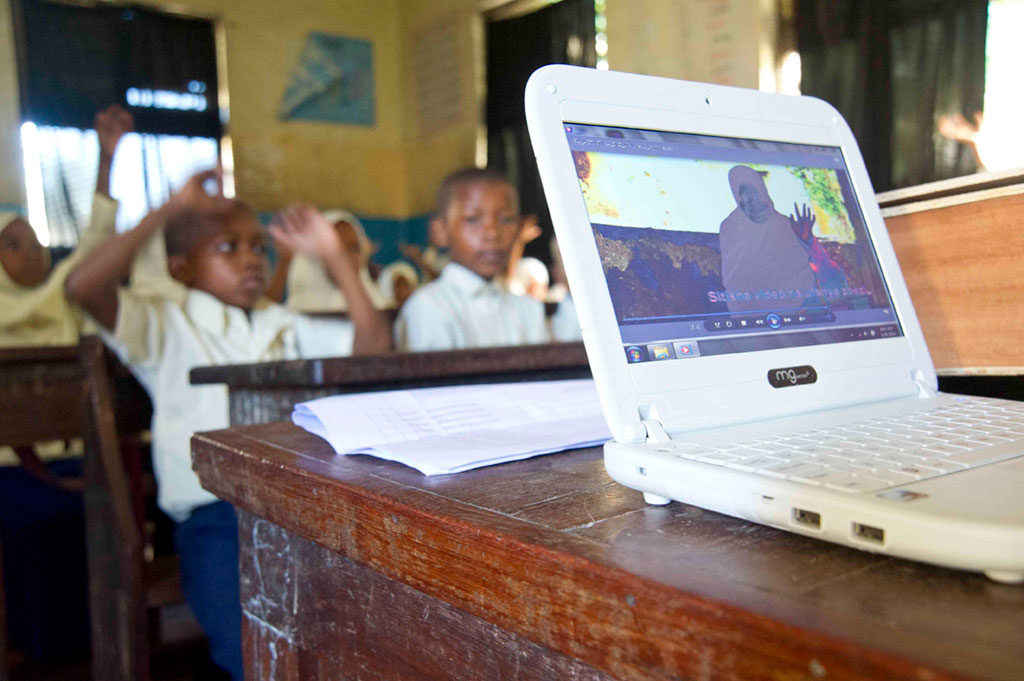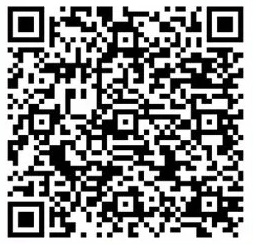The Technological Environment in Tanzania
Technological Impacts in Tanzania
Tanzania’s telecom services are being developed to reach parity with more advanced networks from neighboring countries such as Kenya and fierce competition exists among Tanzania’s 5 major mobile network operators.
- The government is currently testing 5G technology and plans to begin rolling out 5G service in 2024.
- In late 2021, the government announced plans to extend the national backbone network from about 8,300km to 15,000km by 2023, and to provide ongoing connectivity to more countries in the region.
- Tanzania’s government announced in 2021 plans to extend the national backbone network from about 8,300km to 15,000km by 2023 and to provide ongoing connectivity to more countries in the region.
- Mobile-cellular service, aided by multiple providers, is increasing rapidly and exceeds 82 telephones per 100 persons(2020).
- Tanzania is the landing point for the EASSy, SEACOM/Tata TGN-Eurasia, and SEAS fiber-optic submarine cable system linking East Africa with the Middle East.
- The Tanzania People’s Defense Force’s inventory includes mostly Soviet-era and Chinese equipment; since 2010, China has been the leading supplier of arms to the TPDF.
- Domestically, Vodacom Tanzania contracted Eutelsat to provide satellite broadband services to areas of Tanzania that lack connectivity, while World Mobile has launched a balloon-based broadband network in Zanzibar in the year 2022.

The landing points for the TE North/TGN Eurasia /SEACOM/ SeaMeWe-4 fiber-optic submarine cable system provides links to Europe, the Middle East, and Asia.
- Tanzania had 45 television stations as of 2020; 13 of those stations provided national content services (commercially broadcasting free-to-air television).
- 3 radio broadcast networks with RTM operating one;
- Tanzania has 166 airports with 10 having paved runways
- The innovations index for Tanzania is 25.6 points sitting 7th in Africa and 90th globally (2021).
Downsides of Technology in Tanzania
- Most mobile networks rely on older 2G and 3G technology with 4G/LTE service available in urban centers;
- Only 22% of the population uses the internet as of 2020.
- Inadequate network of fixed lines with a tele density of less than 1 telephone connection per 100 persons has been offset by the rapid increase in mobile-cellular subscribership.


